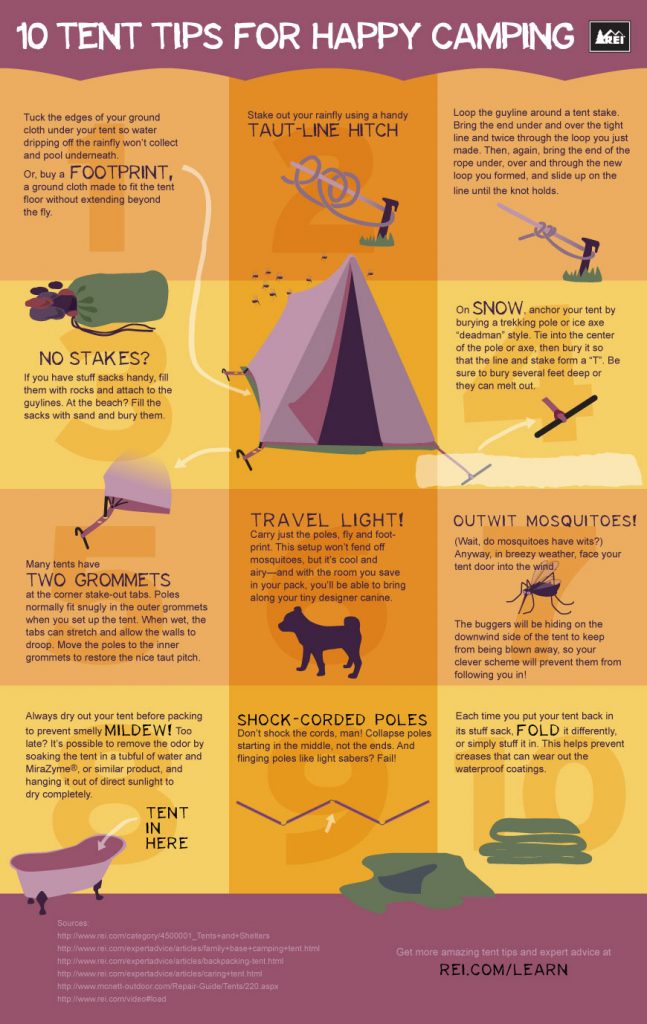Casting A Bigger Net Through Selling Camping Tents Online
Casting A Bigger Net Through Selling Camping Tents Online
Blog Article
The History of Bell Tents
From the nomadic tribes of Central Asia to glamping websites all over the world, bell outdoors tents have become an icon of rustic journey. Their famous shape and sizable insides produce an ambiance that is both cozy and magnificent.
What are the 10 essentials for camping?
Their beginnings can be mapped to armed forces tents designed by Henry Hopkins Sibley, that patented the conelike canvas sanctuary in 1856. The style was based on the Indigenous American teepee and was developed to be easily constructed, long lasting and portable.
Origins
The bell outdoor tents has actually been a staple for outside enthusiasts since the 19th century. The layout is rooted in armed forces camping tents that saw service in the Crimean Battle, and later on became popular with precursor groups across America. The American Sibley outdoor tents was a variation of the European bell camping tent. Its inventor, Henry Hopkins Sibley, took ideas from the Indigenous American tepee when creating his variation. His design incorporated a solitary facility pole, elevated bigger walls and an airing vent cap that enabled smoke from the range to escape.
Today, modern canvas bell outdoors tents use a sense of deluxe for camping lovers and are a popular selection for glamping resorts. With a spacious inside and an appealing shape, these outdoors tents can be decorated with furniture and style to develop a comfy and intimate atmosphere for owners. The round style also aids with wind resistance and permits versatile indoor designs. The easier design with less poles and stakes makes it less complicated to establish camp and transport to different locations.
Army Usage
The Bell Camping tent was a home-away-from-home for numerous soldiers in the 18th century. It was used on the battlefield along with for command centres and field hospitals.
Its capability to be quickly established in a variety of goal scenarios enabled it to serve as a reliable sanctuary and work space. Its modular layout indicates it can expand or contract to fit the demands of various sized teams and goals.
Furthermore, it can be easily transported making use of a variety of vehicles and hand-operated transport, making it a useful choice for army and rescue operations. Its light-weight, small nature also makes it much easier for soldiers or rescuers to carry stove jack for tent and trek across intricate terrain to reach their mission website. This saves useful time and resources.
Glamping
With the surge of glamping, bell camping tents became preferred as a glamorous camping option. Their famous silhouette develops a wonderful setting and can be fitted with elegant furnishings to include an extra touch of convenience to your camping experience.
In the 19th century, the armed forces adapted the layout to make it more sturdy and useful for usage on war zones and explorations. Animal hides were changed by canvas that had been treated with waterproofing representatives, enabling the bell outdoor tents to withstand extreme weather conditions.
The bell outdoor tents's practicality captured the attention of leisure campers, and it quickly got appeal as a camping tent for camping journeys and other exterior events. It is currently a staple at store camping websites, music events, and eco-resorts, where it uses a mix of nostalgia and sophistication.
Layout
The bell tent's basic design caught the eye of entertainment campers, and it soon ended up being a staple amongst those who intended to experience the outdoors in style. Today, you can discover these functional structures in camping areas and at glamping hideaways across the world.
The initial patented variation of the bell outdoor tents was developed by Henry Hopkins Sibley during the American Civil Battle, drawing motivation from Indigenous American tipis. He incorporated a single main post, short side wall surfaces, and an aired vent "cap" for smoke from a stove to produce his cutting-edge tent.
In time, Sibley's layout boosted with the addition of breathable canvas and various other materials that permitted the tent to control its temperature level. Modern bell tents are made from a variety of products, consisting of cotton and mixes with flame retardant textile to reduce fire risks. Their large insides are perfect for organizing furnishings to develop comfy sleeping areas and lounge areas. They are additionally light-weight and easy to put together, making them a wonderful choice for beginners or anybody seeking a stress-free camping experience.
Do tents leak when it rains?
